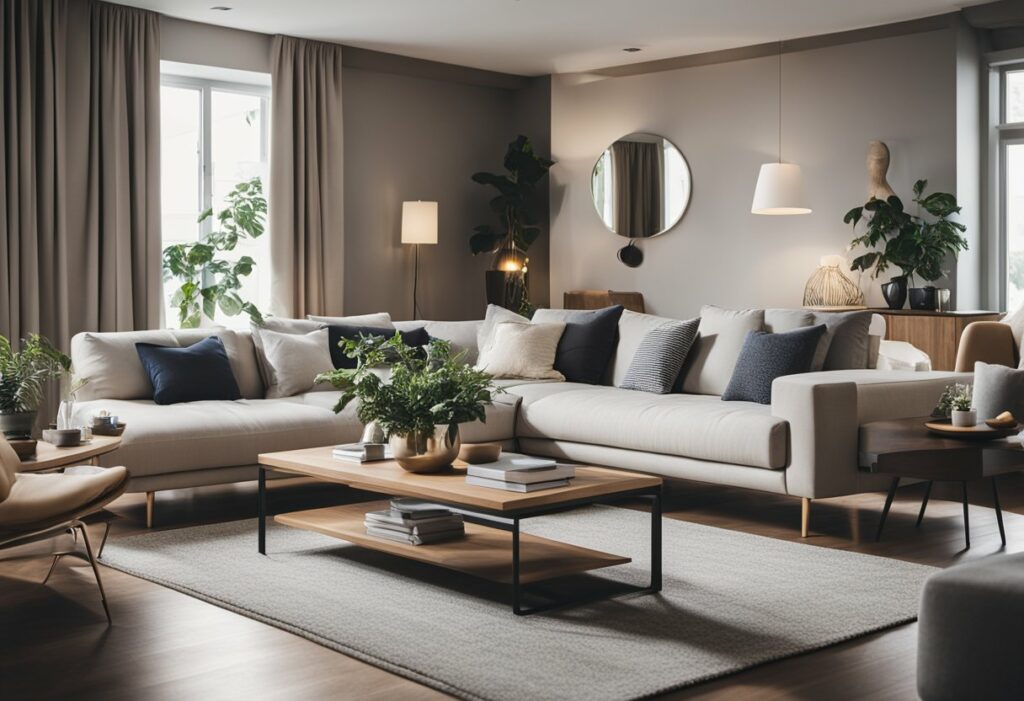What is the Purpose of Interior Design? Discover the Exciting Answer Here!
Interior design is a field that has been around for centuries, but its purpose has evolved over time. At its core, interior design is about creating spaces that are both aesthetically pleasing and functional. Whether you’re designing a home, office, or public space, the purpose of interior design is to create an environment that is comfortable, safe, and inviting.
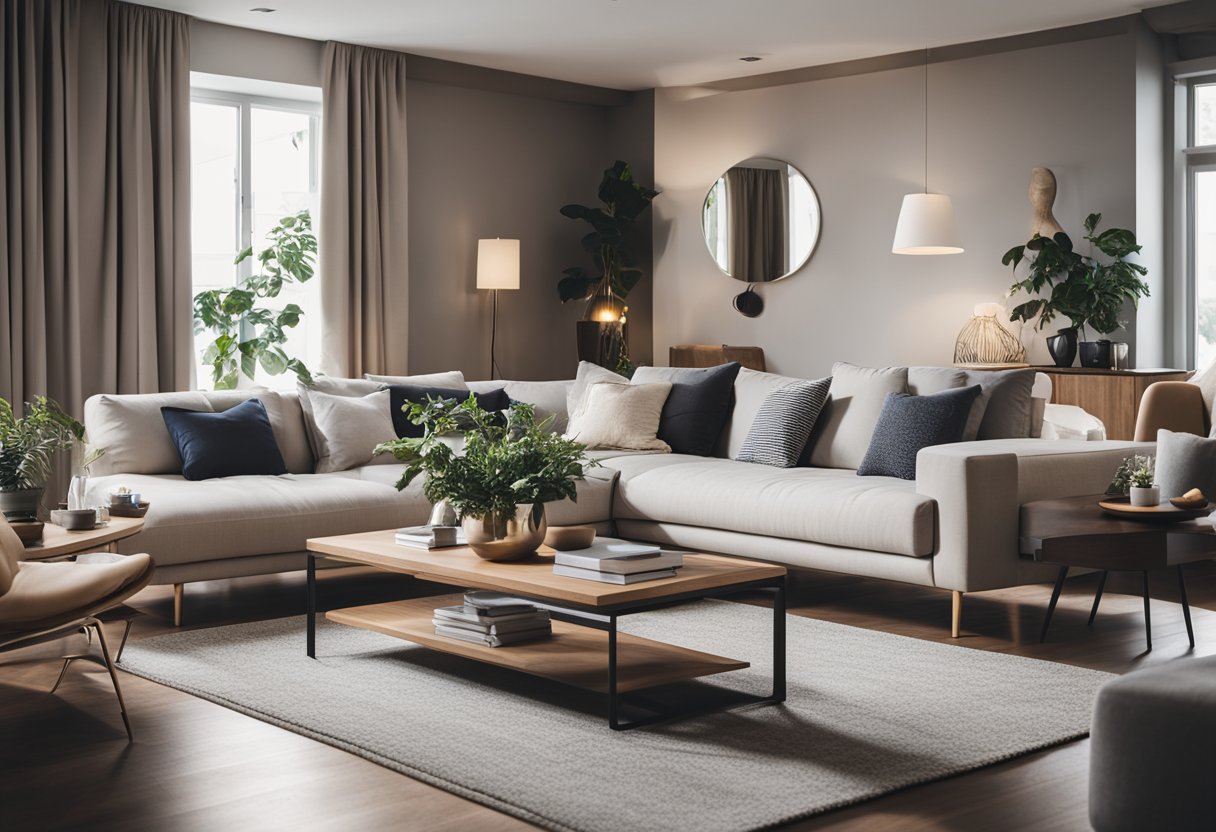
One of the fundamental principles of interior design is that it should be tailored to the needs of the people who will be using the space. This means taking into account factors such as the size and shape of the space, the natural light available, and the activities that will be taking place there. By understanding the needs of the people who will be using the space, interior designers can create environments that are both beautiful and practical.
In this article, we’ll explore the fundamentals of interior design, including the key design elements and practical applications. We’ll also answer some frequently asked questions about the field, such as what skills are required to become an interior designer and how to choose the right colours and materials for your space. By the end of this article, you’ll have a better understanding of the purpose of interior design and how it can be used to create beautiful and functional spaces.
Key Takeaways
- Interior design is about creating spaces that are both aesthetically pleasing and functional, tailored to the needs of the people who will be using the space.
- Key design elements include space planning, colour and materials, lighting, and furniture, among others.
- Practical applications of interior design include creating environments that are safe, comfortable, and inviting, as well as promoting productivity and well-being.
Fundamentals of Interior Design
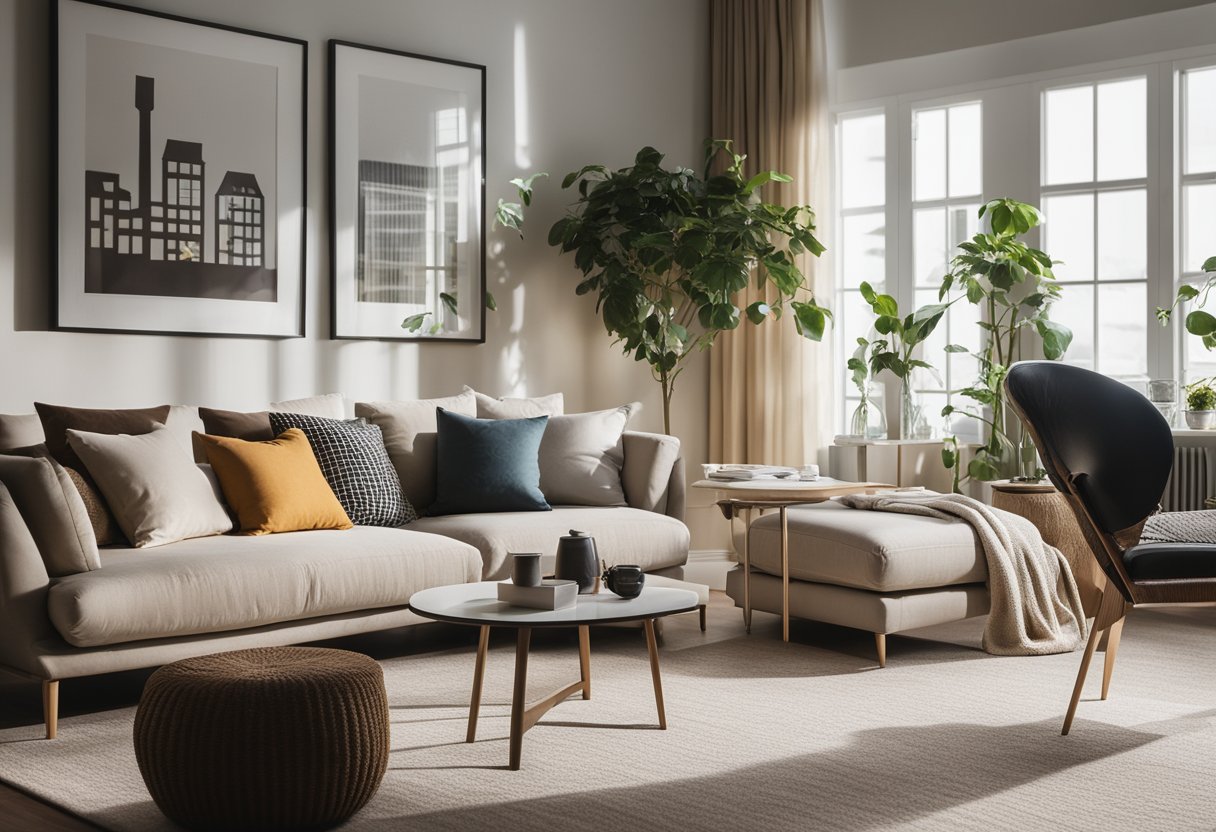
Interior design is an exciting field that involves creating functional and aesthetically pleasing spaces. Understanding interior design is essential to create spaces that are not only beautiful but also functional. There are several fundamentals of interior design that every designer should know to create spaces that are comfortable, functional, and visually pleasing.
Understanding Interior Design
Interior design is a technical and creative process that involves designing and decorating interior spaces in homes, offices, and other buildings. It involves the use of art, science, and technical skills to create spaces that are comfortable, safe, and aesthetically pleasing. Interior design is not just about decorating spaces; it is about creating functional spaces that meet the needs of people who use them.
Role of a Professional Interior Designer
A professional interior designer is responsible for planning, researching, coordinating, and managing interior design projects. They work with clients to create spaces that meet their needs and reflect their personality. A professional interior designer has a network of suppliers and contractors that they work with to ensure that the project is completed on time and within budget. They also have a good understanding of design principles, research, sustainability, safety, and quality of life.
Influence of Design on Well-Being and Productivity
Design has a significant influence on well-being and productivity. A well-designed space can improve the mood and creative process of people who use it. It can also create a sense of belonging and improve the quality of life. Design principles such as colour, texture, and lighting can create a positive impact on the surroundings and the people who occupy the space. A professional interior designer can use these principles to create spaces that are not only aesthetically pleasing but also improve the well-being and productivity of the people who use them.
In conclusion, understanding the fundamentals of interior design is essential to create spaces that are comfortable, functional, and visually pleasing. A professional interior designer can use their technical and creative skills to create spaces that meet the needs of their clients and improve their well-being and productivity.
Design Elements and Practical Application
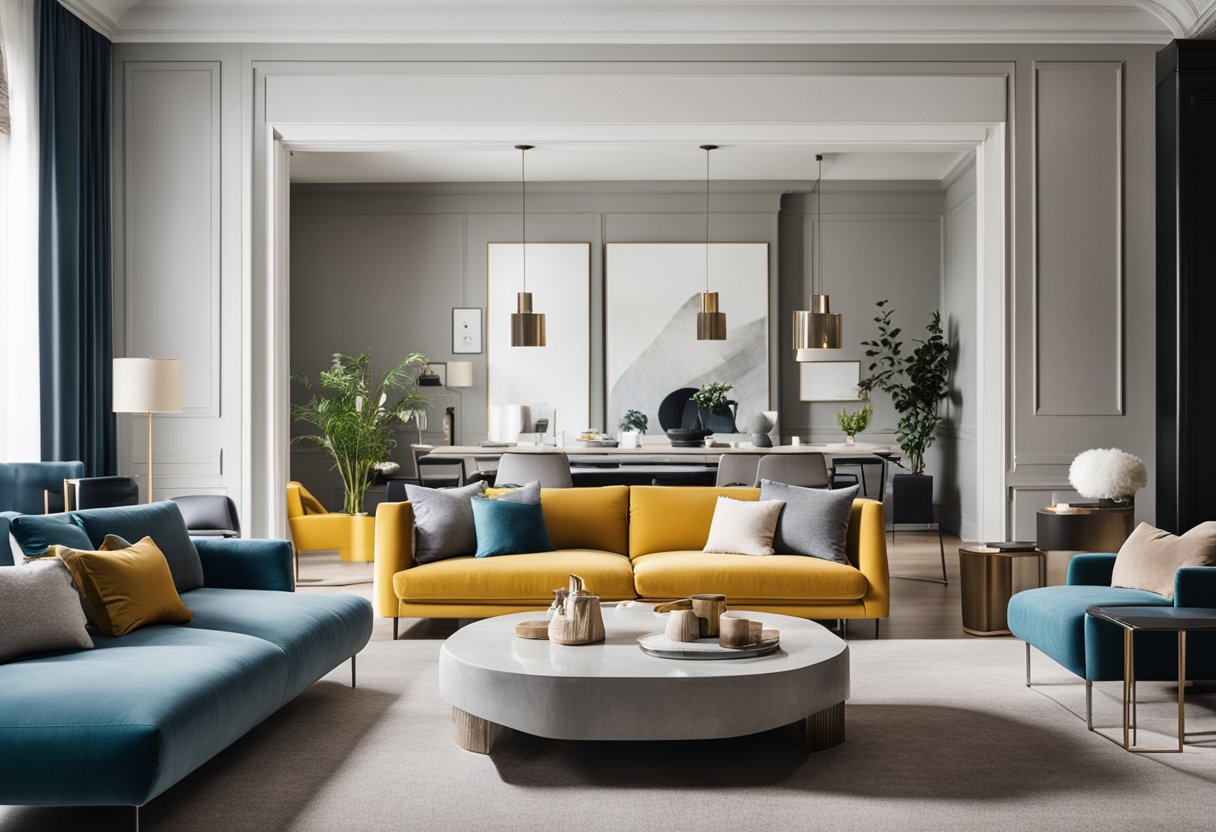
As a professional interior designer, you know that creating a beautiful and functional space requires a combination of creativity, practicality, and attention to detail. Here are some design elements and practical applications that you should consider when designing an interior space.
Maximising Space and Functionality
One of the most important aspects of interior design is maximizing the space and functionality of a room. This can be achieved through careful space planning, furniture placement, and the use of innovative storage solutions. By optimizing the layout of a room, you can create a functional and visually appealing space that meets the needs of your client.
Selecting Materials and Textures
The selection of materials and textures is another important aspect of interior design. The right materials and textures can enhance the beauty of a space while also providing practical benefits such as durability and ease of maintenance. From natural wood finishes to luxurious textiles, the materials and textures you choose should reflect the style and personality of your client.
Colour Theory and Lighting
Colour theory and lighting are essential components of interior design. The right colour palette can create a visually appealing and emotionally engaging space, while lighting can enhance the atmosphere and functionality of a room. By understanding the principles of colour theory and lighting design, you can create a space that is both aesthetically pleasing and functional.
When selecting colours, consider the mood and atmosphere you want to create. Warm colours such as red, orange, and yellow can create a sense of energy and excitement, while cool colours such as blue, green, and purple can create a calming and relaxing atmosphere. Lighting can also have a significant impact on the mood and functionality of a space. Natural light is ideal for creating a bright and welcoming environment, while artificial lighting can be used to highlight specific areas or create a mood.
In summary, the principles of interior design are essential to creating a functional and visually appealing interior environment. By considering factors such as furniture, space planning, materials, textures, colour theory, and lighting, you can create a space that is both aesthetically pleasing and functional. Whether you are designing a dream home, a restaurant, or an office space, the principles of interior design can help you achieve your goals and create a space that reflects your client’s style and personality.
Frequently Asked Questions
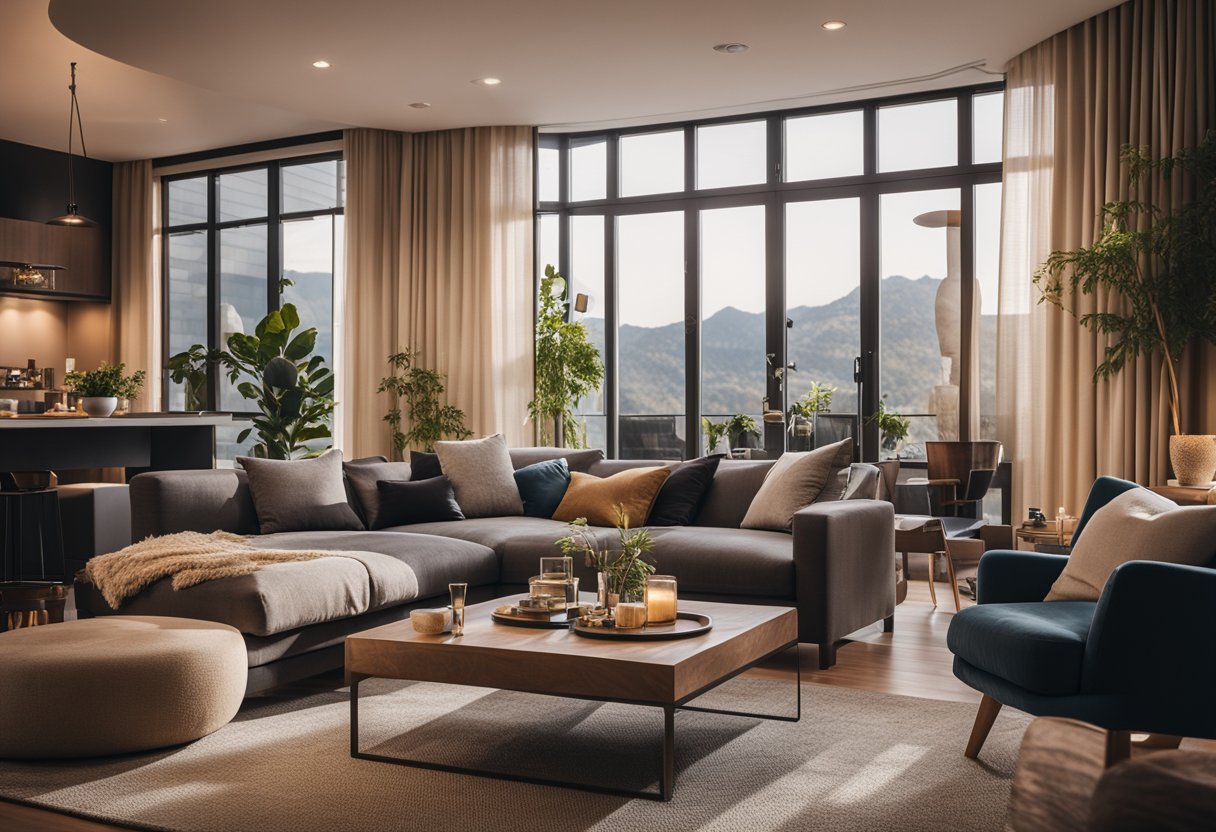
How can interior design transform a living space?
Interior design can transform a living space by creating a cohesive and functional environment that reflects your personal taste and style. Skilfully designed spaces can evoke emotions, create a sense of calm, and improve your overall well-being. By using the right combination of colours, textures, and lighting, interior designers can create a space that is both aesthetically pleasing and practical.
What are the primary objectives one should aim for in interior design?
The primary objectives of interior design are to create a functional, comfortable, and visually appealing space that reflects the personality and lifestyle of the occupants. Interior designers aim to maximise the use of space, enhance natural light, and create a flow between rooms. They also consider the practical needs of the occupants, such as storage, seating, and lighting.
Why is interior design considered crucial in modern architecture?
Interior design is considered crucial in modern architecture because it enhances the functionality and aesthetics of a building. Interior designers work closely with architects to ensure that the interior spaces are designed to complement the exterior design. They also consider the environmental impact of the building, such as energy efficiency and sustainability.
In what ways does interior design contribute to business success?
Interior design can contribute to business success by creating a welcoming and professional environment that reflects the company’s brand and values. A well-designed office can improve employee productivity, boost morale, and attract and retain clients. Interior designers can also help businesses save money by designing spaces that are energy-efficient and require minimal maintenance.
How does interior design enhance the functionality of a home?
Interior design enhances the functionality of a home by maximising the use of space and creating a flow between rooms. Interior designers can also improve the natural light and ventilation in a home, which can have a significant impact on the occupants’ well-being. They also consider the practical needs of the occupants, such as storage, seating, and lighting.
What are the long-term benefits of investing in quality interior design?
Investing in quality interior design can have several long-term benefits, such as improved functionality, increased property value, and enhanced well-being. A well-designed space can also reduce stress and improve mental health. Quality interior design can also save money in the long run by reducing energy costs and the need for maintenance.

